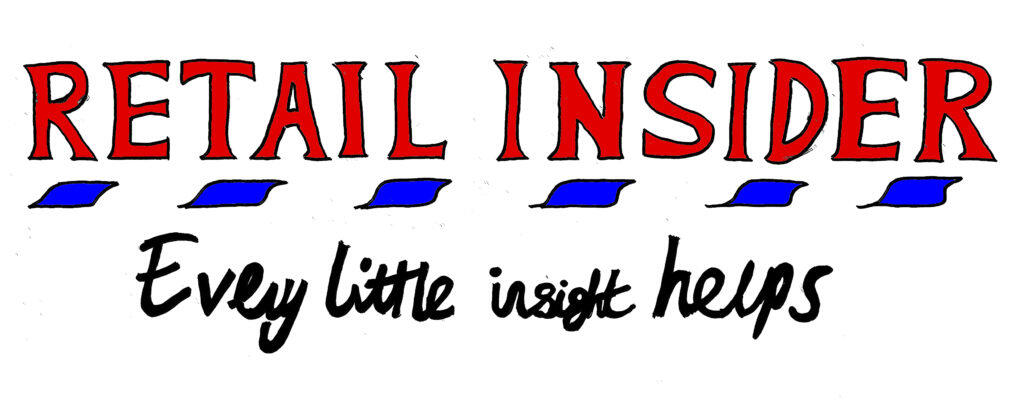Don’t be left behind by smarter shopper behaviour
Shopper behaviour is changing dramatically, with certain trends now becoming entrenched as the retail landscape continues to be redrawn as a result of the seismic impact of digital on all parts of-our daily lives.
Among the key changes are the rise of micro-shopping, where consumers purchase frequent and often from a variety of retailers, and the expectation from shoppers that they will be incentivised or rewarded in some way when spending their money with a specific retailer.
These are part of a broader trend, which we could describe as smarter shopping and it is undoubtedly being driven by younger consumers, but certainly not exclusively. They are adept at using the increased transparency that connected technology brings in enabling them to navigate their way across myriad retailers in search of the best prices and offers, they don’t follow the more traditional linear sales funnel as the criteria of their decision making has changed.
What these searches invariably deliver are a number of different retailers – offering the same product at the same price. The big question this growing army of young shoppers once key factors like price and availability are met they will then ask: what else will each of these retailers give me in order that I give them my business? Maybe it is some form of discount or cashback, but increasingly it is other things such as free delivery, or as simple as a complimentary coffee. For children it could be that most valuable of commodities – mobile phone credit.
Personalised and relevant offers will ultimately sway them more than collecting old-school reward points, which have typified the traditional loyalty programmes. There is no doubt that the rise of micro-shopping has led to diversification among shoppers and put pressure on the pure points-based loyalty schemes. Hence we are also seeing the rise of these other types of incentives, which are not always monetary. They also often include some form of ‘gamification’, which is becoming increasingly prevalent.
Consider my own experiences. Quite often at lunchtime I use the Nez app – that describes itself as ‘connecting hungry Londoner’s with their local restaurants and bars’. It offers discounted prices on dishes at a variety of food places near my office, which very much prompts me to deviate from my default of yet again going to the always so conveniently located sandwich shop and instead trying out different places.
In addition, it also cleverly throws in reward points, but these are not redeemable for money. They instead earn you the right to be assigned a different character status. You start as a potato, which I didn’t like the sound of so I was pleased when I moved onto the next stage – a hot potato. It is a very simple mechanic that brings a bit of light-hearted competition into the office, combined with unlocking further rewards for reaching the next tier.
This sort of gamification is being used by a variety of organisations internally as well as with customers. This includes Thomas Cook, which provides an employee programme for its agents that incorporates a game play aspect as an incentive for them to sell more of its products to reach higher tiers and earn points, that can then be redeemed as rewards. Companies really need to dig deeper to understand their audience and better incentivise them because Gen Z’s in particular increasingly require this as part of the relationship they have with companies and brands.
When providing any type of incentives and gamification elements it is absolutely vital to provide the breadth of offer which appeals to the tastes and demands of all types of customers. It is essential that the rewards have relevance and mean something to them all. With the Nez app the 30 or so food brands available provides a sufficiently broad spread of cuisines to be relevant to a wide array of customers and the gamification element offers that little added motivation, with the discount providing the justification or incentive. This combination can tip the scales to more frequency and higher values aka the fruits of loyalty.
It is incorporating such unique elements into their offer that is proving a struggle for many large companies. If they do not have a unique technology platform, offer unique products and content, or a unique way of accessing customers then they have a serious problem. Any company with all three of these characteristics in their business model are sitting in a strong position, but this is a rather exclusive club.
The reality for most companies is that they will have to collaborate with third-parties in order to align themselves with these unique aspects. Retailers need to see the consumer’s world through a bigger window than their own, understand that they shop elsewhere and learn how to influence them to return. To continue to plough the same furrow while shopper behaviour around them becomes ever smarter and intelligent will prove to be increasingly unviable.
 Ben Stirling, managing director of Northern Europe at Webloyalty
Ben Stirling, managing director of Northern Europe at Webloyalty


